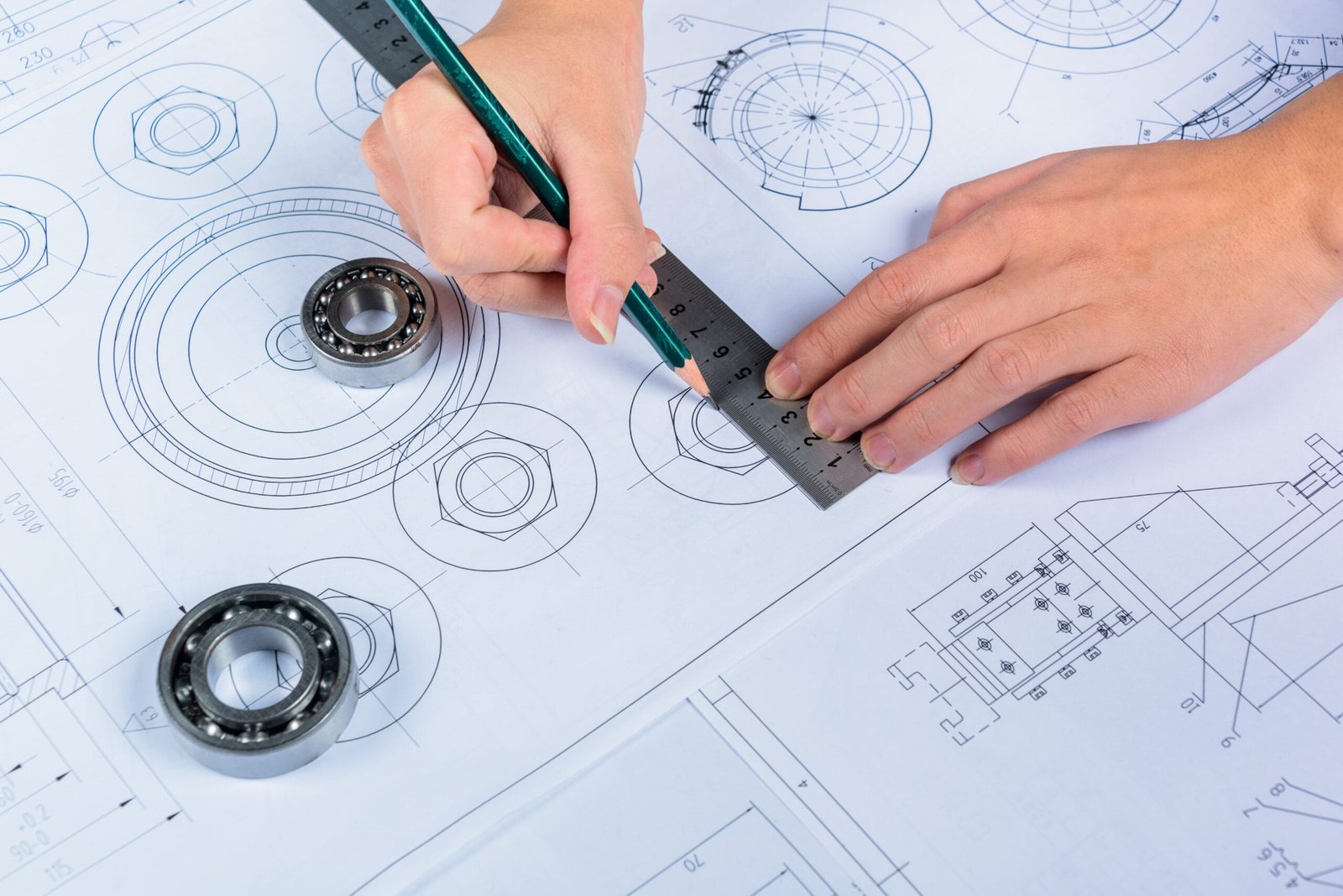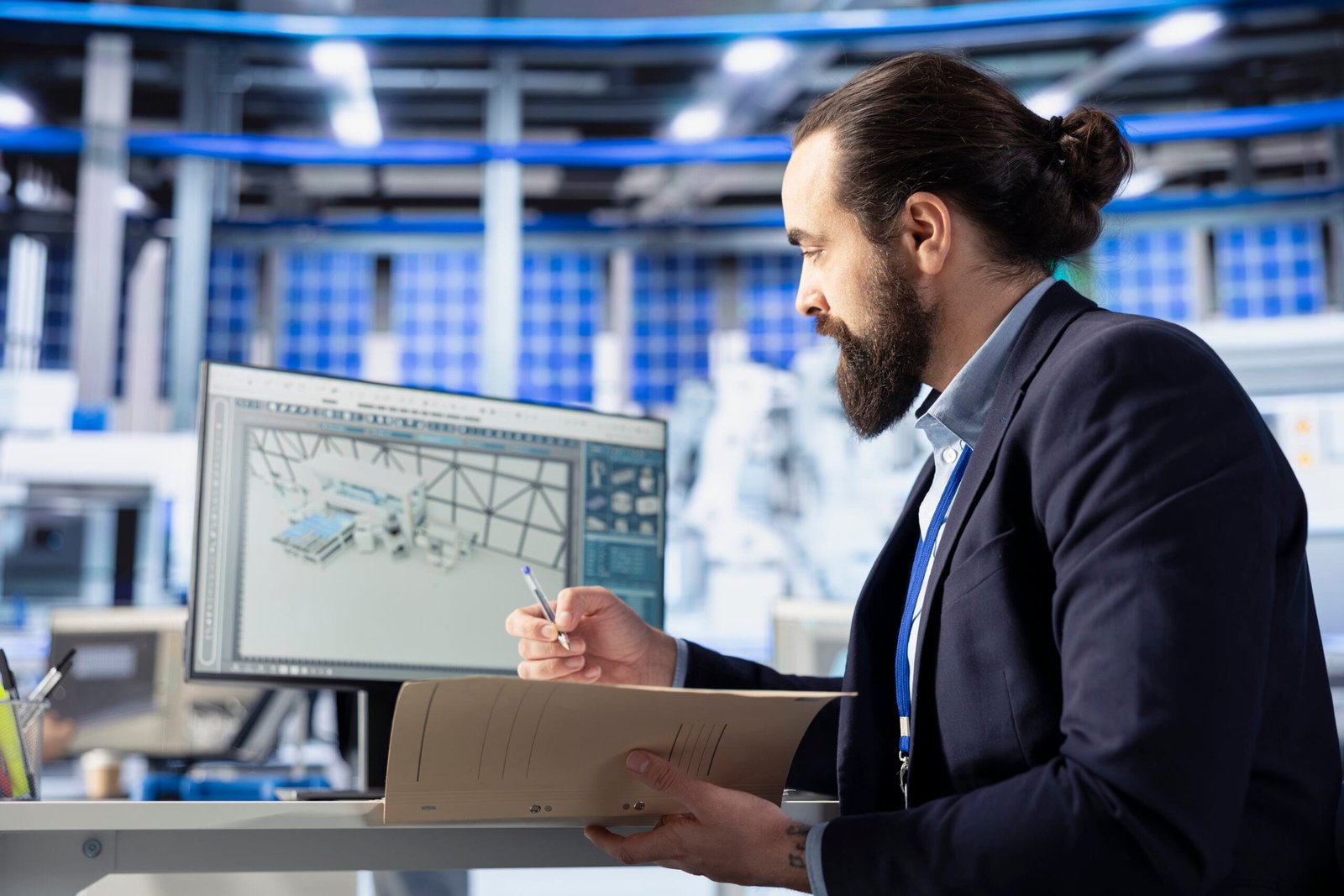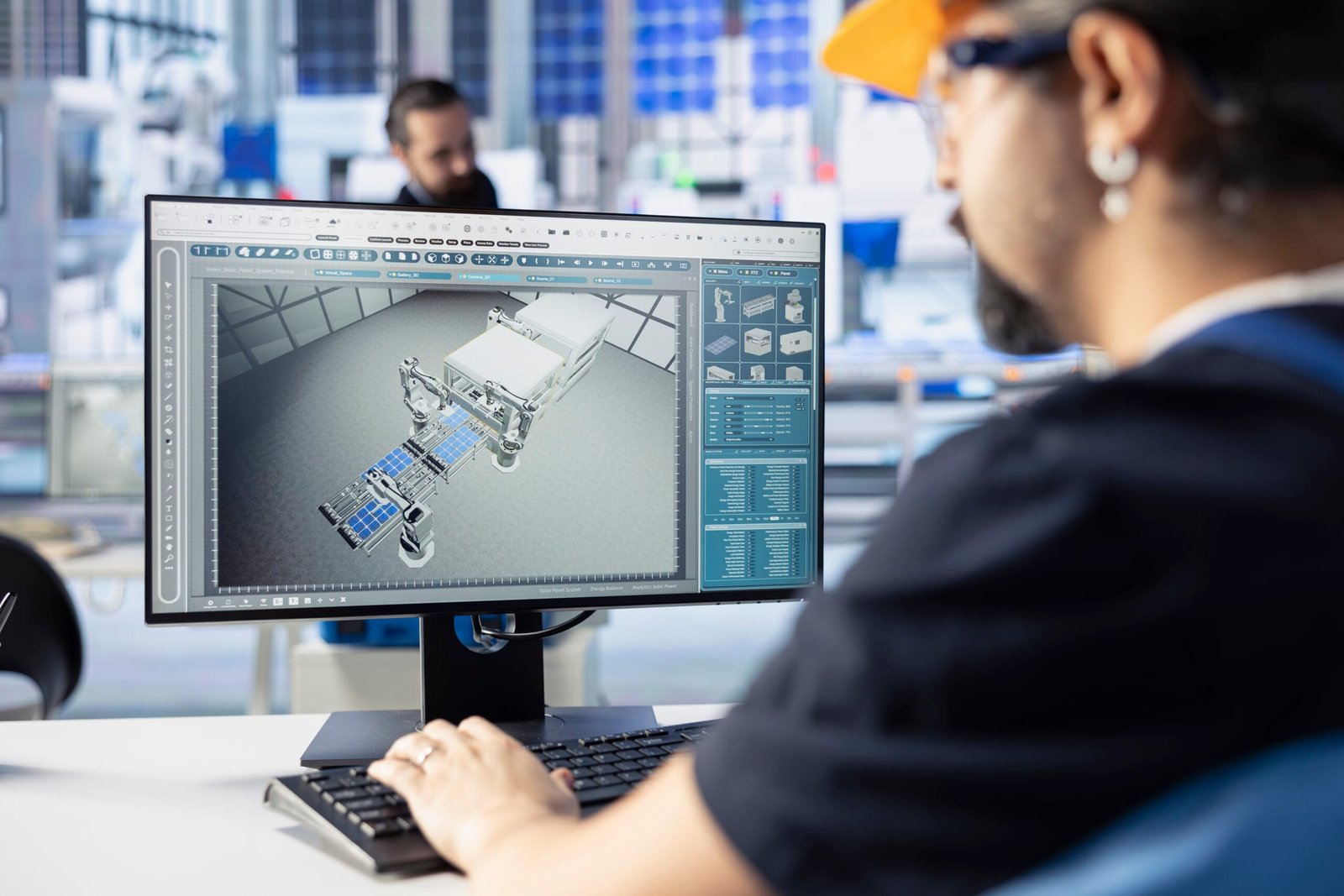Introduction
3D Rendering Without GPU is a crucial part of modern design and visualization, allowing designers, architects, and engineers to create lifelike images from digital models. Typically, rendering software relies on powerful graphics processing units (GPUs) to speed up calculations and produce high-quality images efficiently. However, not everyone has access to high-end GPUs, and some users may wonder whether 3D rendering without a GPU is feasible.
At DesignHOK, we understand the challenges faced by professionals working with limited hardware resources. This blog explores how 3D rendering can be done without a GPU, its advantages and limitations, and the best methods for achieving quality results using only a CPU.
What Is 3D Rendering Without GPU?
3D Rendering Without GPU is the process of converting a 3D model into a 2D image. This process involves complex calculations to simulate lighting, shadows, reflections, and textures to create realistic visuals. Rendering can be categorized into two main types:
- Real-time rendering: Used in video games and interactive applications, requiring fast performance.
- Offline rendering: Used in architectural visualization, animation, and industrial design, where high-quality output is prioritized over speed.
When done with a GPU, rendering is significantly faster because GPUs are optimized for parallel processing. However, when working without a GPU, the CPU (central processing unit) takes over all rendering tasks, which can be slower but still effective.
How Does 3D Rendering Work Without a GPU?
3D Rendering Without GPU means that all processing is handled by the CPU instead of dedicated graphics hardware. Many rendering engines offer CPU-based rendering modes, allowing users to generate high-quality images using only their processor. The key aspects of CPU rendering include:
- Multi-threading: Modern CPUs have multiple cores, enabling parallel processing of rendering calculations.
- RAM Utilization: Since the CPU handles everything, having more RAM helps prevent slowdowns.
- Efficient Rendering Techniques: Some rendering engines optimize performance for CPU-based workflows.
While 3D Rendering Without GPU is much faster due to its ability to process thousands of tasks simultaneously, CPU rendering can still be viable for specific applications, especially if optimized correctly.

Pros and Cons of 3D Rendering Without GPU
Pros
✅ Lower Hardware Costs: Not everyone can afford high-end GPUs. CPU rendering allows users to work with existing hardware without expensive upgrades.
✅ Stability: CPU rendering is generally more stable than GPU rendering, which can sometimes be prone to crashes due to overheating or insufficient VRAM.
✅ Better for Complex Scenes: Some rendering software handles intricate details better with CPU rendering, especially when dealing with high levels of geometry.
✅ No GPU Compatibility Issues: Some rendering engines require specific GPU models or drivers, which can be avoided when using CPU rendering.
Cons
❌ Slower Processing: CPUs are not optimized for parallel rendering, making rendering times significantly longer.
❌ Limited Real-Time Performance: CPU rendering is not suitable for real-time applications like gaming or virtual reality.
❌ High CPU Usage: Since all processing is done on the CPU, the system can slow down, making multitasking difficult.

Best 3D Rendering Without GPU Software for CPU Rendering
Even without a GPU, several rendering engines are optimized for CPU rendering. Here are some of the best options:
1. Blender (Cycles CPU Mode)
Blender’s Cycles render engine supports both GPU and CPU rendering. By switching to CPU rendering, users can still achieve high-quality results, though at a slower pace.
2. V-Ray (CPU Mode)
V-Ray offers a powerful CPU rendering mode that delivers photorealistic results. It efficiently utilizes multi-core processors to handle detailed scenes.
3. LuxCoreRender
LuxCoreRender is an open-source rendering engine that works well on CPU-based systems, offering advanced lighting and material simulation.
4. KeyShot
KeyShot is a CPU-based rendering engine known for its ease of use and fast rendering speeds compared to other CPU-based solutions.
5. Arnold Renderer
Arnold is widely used in Hollywood productions and supports CPU rendering, making it a great choice for high-quality animations and visual effects.
How to Optimize 3D Rendering Without a GPU
If you’re working without a GPU, here are some optimization techniques to improve rendering efficiency:
1. Use a High-Performance CPU
Investing in a multi-core CPU (such as Intel Core i9 or AMD Ryzen 9) will improve rendering times since these processors handle more calculations simultaneously.
2. Increase RAM Capacity
Rendering requires a lot of memory. Having at least 16GB of RAM (or ideally 32GB) will help speed up the process and prevent system slowdowns.
3. Optimize Render Settings
Adjusting render settings, such as lowering the sample rate and resolution for previews, can significantly speed up the process.
4. Use Denoising Features
Many rendering engines offer denoising tools that help reduce noise in images without increasing render times.
5. Utilize Cloud Rendering Services
If your CPU is too slow, consider using cloud rendering services like RenderStreet, RebusFarm, or GarageFarm. These services handle rendering remotely, eliminating the need for powerful hardware.
6. Reduce Scene Complexity
- Use simpler materials and textures.
- Reduce polygon count where possible.
- Optimize lighting settings to minimize computation.
Is CPU Rendering Practical for DesignHOK?
At DesignHOK, we specialize in 3D rendering, modeling, and design services. While GPU rendering is ideal for fast performance, we recognize the importance of CPU-based rendering for users with hardware limitations.
For tasks like architectural visualization, product design, and engineering simulations, CPU rendering can still produce excellent results with careful optimization. However, for projects that require speed and real-time rendering, a GPU-based setup remains the preferred choice.
Conclusion
3D rendering without a GPU is entirely possible, but it comes with trade-offs. While CPU-based rendering offers stability and affordability, it is significantly slower than GPU-based rendering. By using optimized software, high-performance CPUs, and cloud rendering solutions, designers can still achieve high-quality visuals without investing in expensive graphics hardware.
At DesignHOK, we understand the different needs of designers and engineers. Whether you’re working with or without a GPU, our expertise in 3D rendering, modeling, and visualization ensures that we can deliver the best results for your projects.
Frequently Asked Questions (FAQs)
1. Can I do 3D rendering without a GPU?
Yes, 3D rendering can be done using only a CPU. However, it will be significantly slower compared to GPU rendering.
2. What is the best CPU for rendering?
High-performance CPUs like the AMD Ryzen 9 7950X or Intel Core i9-13900K are excellent choices for CPU-based rendering.
3. Which software is best for CPU rendering?
Popular options include V-Ray, Blender (Cycles), Arnold, KeyShot, and LuxCoreRender.
4. How can I speed up CPU rendering?
You can improve rendering performance by increasing RAM, using multi-core CPUs, optimizing render settings, and reducing scene complexity.
5. Should I use cloud rendering if I don’t have a GPU?
Yes, cloud rendering services are a great alternative, as they allow you to render high-quality images without requiring expensive hardware.
6. Is CPU rendering better than GPU rendering?
CPU rendering is more stable and better for handling complex scenes, but GPU rendering is much faster and ideal for real-time applications.





